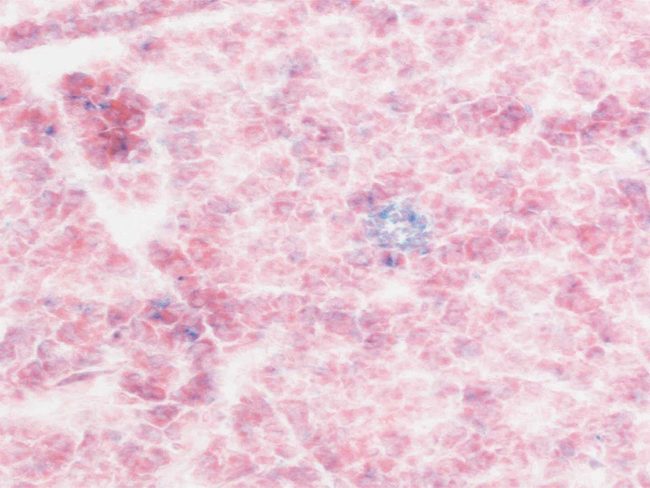
BioWorld Science
Neurology/Psychiatric
Kv2.1 inhibitor with promising anticerebral ischemia activity in rats
Read MoreDrug Design, Drug Delivery & Technologies
Invitae partners with Bridgebio to advance genetics-based drug discovery for rare diseases
Read MoreDrug Design, Drug Delivery & Technologies





